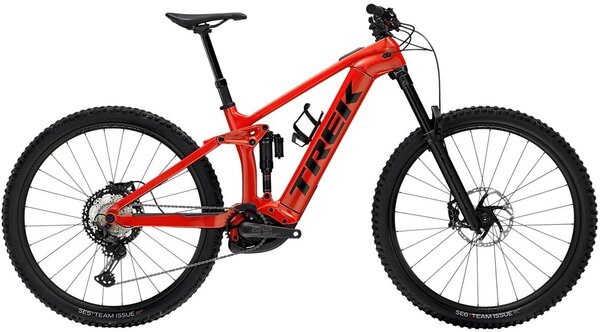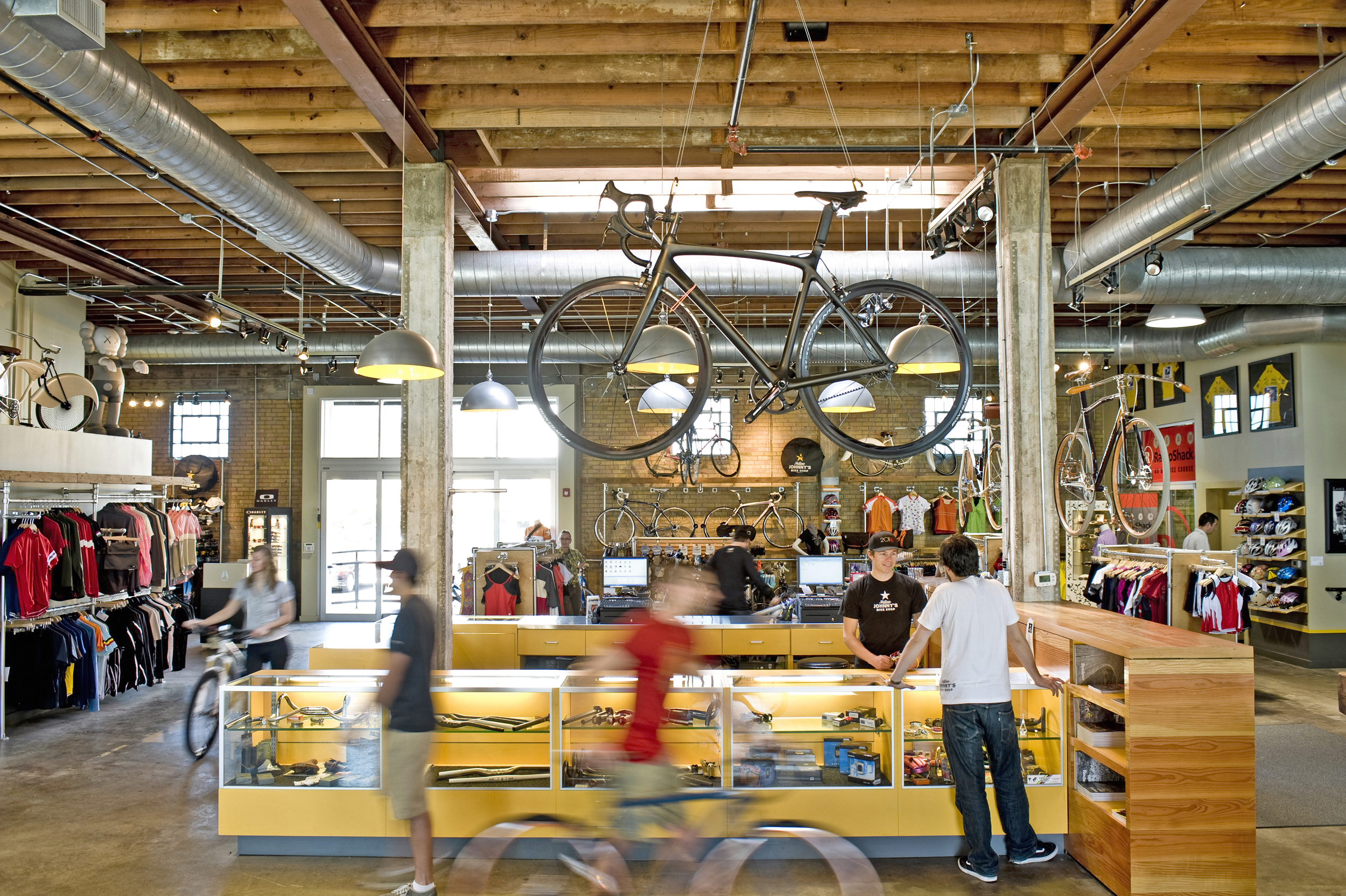How Falling Interest Rates Could Boost the Bicycle Business
Key Point Summary:
- Economic Tailwinds from Lower Interest Rates: Understanding how decreased interest rates can fuel consumer spending and impact the cycling industry.
- Rise of Gravel Bikes and E-Bikes: Highlighting the burgeoning popularity of these new cycling trends in the bicycle business.
- Varied Cycling Disciplines and Personal Journey: Reflecting on personal experiences across mountain, gravel, and cyclocross biking.
- Opportunities for Cycling Industry Expansion: Analyzing potential growth and innovation in the cycling sector.
- Navigating Challenges with Opportunities: Addressing the potential difficulties and prospects for the cycling business in a changing economic landscape.
As a master cyclist who has pedaled through the realms of mountain biking, gravel biking, and cyclocross, I’ve seen how economic factors like interest rates can influence the cycling industry. With the current trend of falling interest rates, it’s an opportune moment to examine their potential impact on consumer spending and, subsequently, on the bicycle business – particularly in the context of the rising popularity of gravel bikes and e-bikes.

Economic Tailwinds from Lower Interest Rates
Lower interest rates typically lead to reduced borrowing costs, leaving more disposable income in consumers’ pockets. This economic stimulus can significantly boost consumer spending, including in niche markets like cycling. From my experience, when people have more financial flexibility, they’re more likely to indulge in hobbies or invest in lifestyle upgrades – like purchasing that dream gravel bike or finally getting an e-bike for easier commutes. This increased spending capacity can invigorate the cycling industry, driving up sales and encouraging new entrants into the market.

Rise of Gravel Bikes and E-Bikes in the Bicycle Business
The cycling world is currently abuzz with the growing popularity of gravel bikes and e-bikes. Gravel biking, blending the thrill of mountain biking with the endurance of road cycling, has captivated a broad audience – myself included. E-bikes, on the other hand, are transforming the landscape, making cycling accessible to a wider demographic. With the economic boost from lower interest rates, these segments could see an even more significant increase in demand, driving innovation and expansion within the industry.
Varied Cycling Disciplines and Personal Journey

Throughout my cycling journey, I’ve experienced the unique charms of different biking disciplines. Each form – be it the rugged trails of mountain biking, the strategic challenges of cyclocross, or the adventurous allure of gravel biking – offers a distinct experience. This diversity not only enriches the cycling community but also broadens the market for the industry. With more consumers likely to spend on leisure activities due to lower interest rates, we might see heightened interest across all cycling disciplines.
Opportunities for Bicycle Business Expansion
The cycling industry stands at the threshold of a potential boom, thanks to the conducive financial environment brought on by lower interest rates. Companies might find it more feasible to invest in new technologies, particularly in the areas of gravel biking and e-bike development. During my racing years, I saw how economic uplifts could lead to bursts of innovation and growth in the cycling sector. A similar trend could be on the horizon, providing a fresh impetus to both established and emerging cycling brands.
Navigating Challenges with Opportunities
Despite the optimism, challenges such as supply chain constraints and shifting consumer preferences remain. Yet, these hurdles also present opportunities for the industry to innovate and adopt more sustainable practices. As a cyclist who has seen the ebb and flow of the industry over the years, I believe we are at a crucial juncture where economic shifts, particularly in consumer spending due to lower interest rates, could significantly benefit the cycling industry, especially in the popular segments of gravel biking and e-bikes.
In conclusion, the current economic climate, marked by falling interest rates, could be a significant catalyst for the bicycle business. This shift is likely to increase consumer spending, giving a substantial boost to the industry, particularly in the growing niches of gravel bikes and e-bikes. As a passionate cyclist, I look forward to seeing how this economic trend will pedal forward innovation and growth in the cycling world. John






